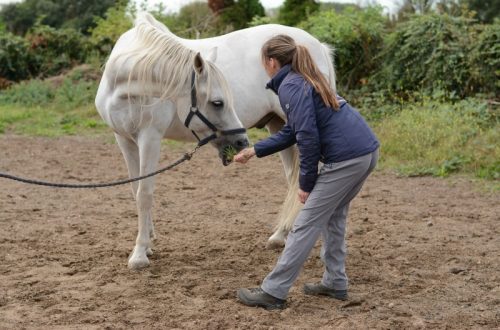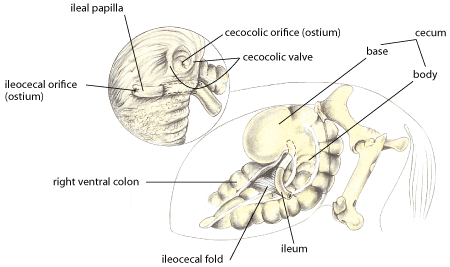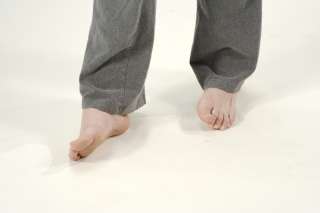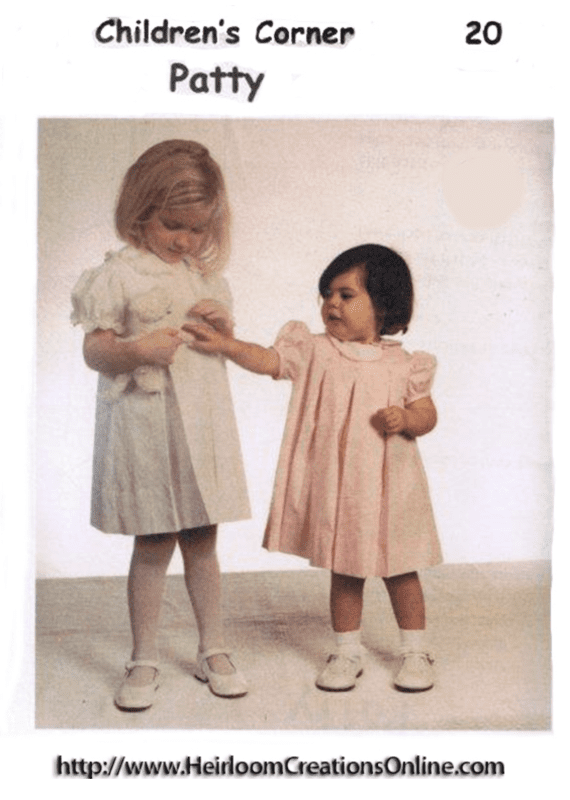
“Children’s Corner” – 10 tips for a better fit
“Children’s Corner” – 10 tips for a better fit
So, you want to learn how to ride a horse? Now you will come across a huge and endless field of knowledge! Even when you spend 20 years or more in the saddle, you will still feel that you still have to learn and learn, and the unknown will appear more and more every day …
However, at the first stage of your journey, you must get acquainted with a number of things that in any case will be the keys to success. If you learn to control these basics, then you will have many years of enjoyable and, most importantly, safe riding ahead of you!
If you have ever used a rental service where they give you a horse for an hour, then they probably taught you that you need to kick the horse with your heels to make it go, pull the reins towards you so that it stops, and to turn right or left – pull on yourself right or left rein respectively. But if you already have a horse of your own or a horse that you regularly train on, you will find out that there are much easier and more comfortable ways for the horse to communicate with him, ways to convey to him exactly what you want from him.
The basics of riding are something you can work on and improve on, no matter what level of experience you reach. Even top athletes regularly work to improve their balance by incorporating many “beginner exercises” into their daily routine.
let’s consider ten things you can work on all the time!
1. How to hold the rein
How do you hold the reins? Do you hold them like you’re playing the piano? Or like you’re carrying a cup of hot chocolate – with your thumbs up?
The occasion must be pretty solid fixed between your thumb and forefinger. So he does not slip in the palm of his hand, but goes into a fist between the little finger and ring finger.
Make sure your little fingers aren’t sticking out and you don’t wrap a rein around them or you risk hurting them!
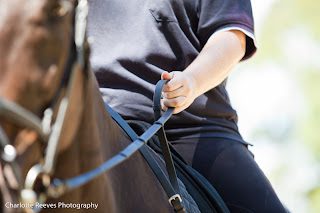
2. How to rotate
It’s actually a lot easier to turn than you might think! Horses really have a great sense of what you are doing and how you are sitting in the saddle. They are greatly affected by even small movements of your body. Try it yourself: ask your horse to actively walk, and then, instead of pulling on the reins like a handlebar, just look where you want to go.
If you want to turn right, look to the right. Exaggerate your movements, if you do not get an answer right away – turn your shoulders at the same time. But you can’t just pull with the inside rein!
3. How to sit
It is best to have an instructor (coach) supervise your workouts. It is he who will be able better than anyone to help you work on landing. Have him look at your belt and make sure it is parallel to the ground.
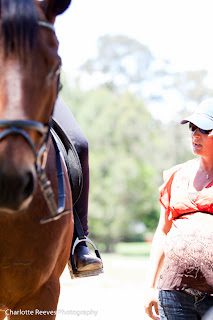
It is important that the heaviness goes into your tailbone. Falling backwards or forwards puts you in a very precarious position, an unsafe position.
Look at the helmet visor – it should be horizontal, not at an angle!
4. Shoulder
It is very difficult to determine if your shoulders are crooked! So let’s just forget about it! It’s much easier to focus on your elbows and make sure your elbows are the same distance from the ground. This is much easier than trying to get the same level of your shoulders.
An interesting way to quickly improve the shape of your entire upper body is to try and lift someone or something (with significant weight) onto your horse. In vaulting (riding gymnastics) we get other riders on the horse, and this has an amazing effect on correcting the posture of the rider, especially his shoulders!
5. Straight feet
If your feet are straight, you will be able to keep your horse upright. Imagine that you have skis on your feet and you need to keep them even and on the same level. Or you can imagine that you are riding a bicycle and the stirrups should be at the widest part of your feet. This skill will become more and more important as you progress in riding, especially in terms of working on lateral movements, as riders, in order to encourage the horse to go to the side, lightly press the stirrup from that side.
6. Tilt forward
Leaning forward is normal when you are jumping (as long as your heels are down), but if the horse suddenly stops and you lean forward, you could fall out through his neck! A good exercise that can help in this case is to get up completely in the stirrups. Stand in the stirrups as if you were standing on the ground, and make sure your toes don’t point outward. If you’ve seen riders ride with their toes turned out, look at the triathlete top. Their feet do not look outward, otherwise the spurs would be constantly in the sides of the horse. By turning your toes outward, you lean forward even more.
7. Ischial level
Are you a little embarrassed that you don’t know where your sitting bones are? You are not alone!
If you know where your coccyx is and where your pubic bone is, then notice that there are two more bones that you sit on (left and right).
If you want to know if they are on the same level, imagine that you are wearing a belt. Is it at the same level front and back and left and right?
If your sit bones were pointers, where would they point? Do they point to the ground? That’s how it should be! Or do they point back? Where do they point when you’re driving in circles? Do they point down or to the horse in the levada next door?
Once you understand what to look for in this matter, you can improve your riding by eliminating problems with the level of the sitting bones.
8. Flexible elbows
Has anyone ever told you to calm your hands? To help you with this, you must learn to keep your elbows soft and flexible. An excellent exercise is sometimes to ride at a posting trot, holding on to the saddle or the horse’s mane. This will help the elbows move, but the hands will remain motionless. This exercise should be done on the lunge or on a calm horse. You must be safe!
9. Pay attention to how your chest affects the movements of the horse.
While on a walking horse, sit as if you are a “bag”. Close your chest, slouch, ride lazily. You will soon feel that the horse begins to shift the weight to the front legs, and they, in turn, begin to step harder. Then open and turn your chest again, sit high and straight – you will feel that the weight has shifted to the horse’s hindquarters. This is amazing! When a horse shifts its weight to its front legs, riders say that it is going “on the front”. When the weight is shifted to the hind legs – that the horse is “connected”. A “connected” horse is good, a horse “on the front” is bad. The best thing about this is that you can easily correct the mistake by seeing how your chest affects the movement of the horse!
10. Brush your teeth while standing on one leg.
And last on the list, but not the least important exercise that you can do daily. Brush your teeth standing on one leg with the other in front of your knee! This exercise is done by many excellent riders. It will help you with your balance. The trainer who has trained horses in the United States Dressage Federation does this every morning and every evening…so why don’t you give it a try?

Good luck with your training! Enjoy your ride!
Kelly Tombs, Colleen Kelly (source); translation Valeria Smirnova.



